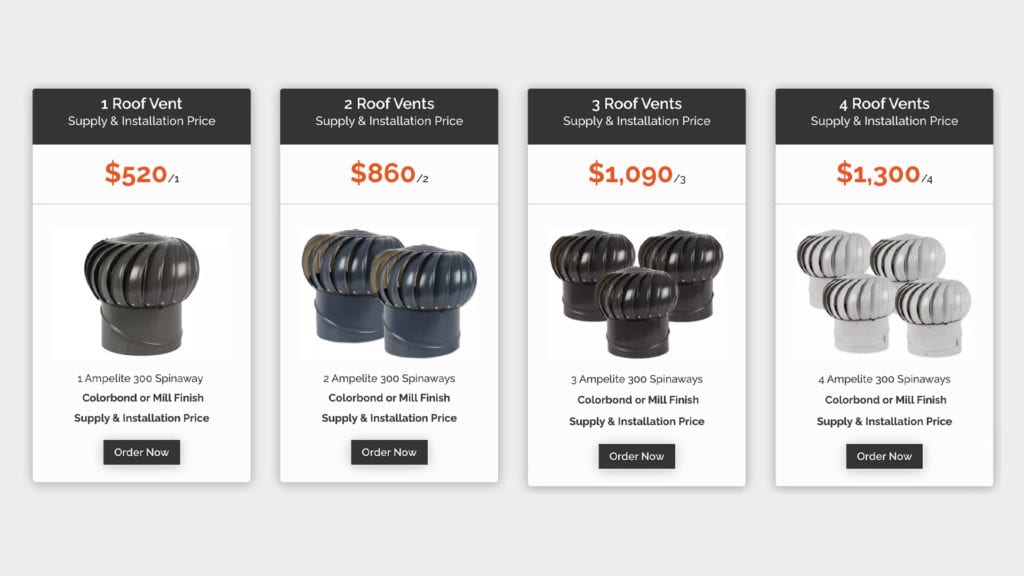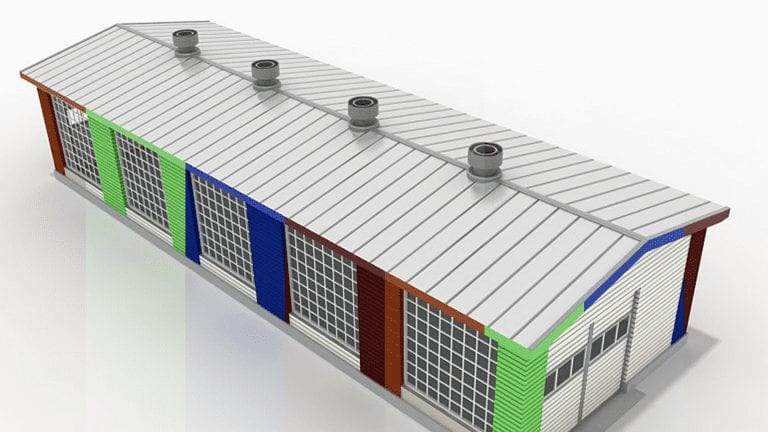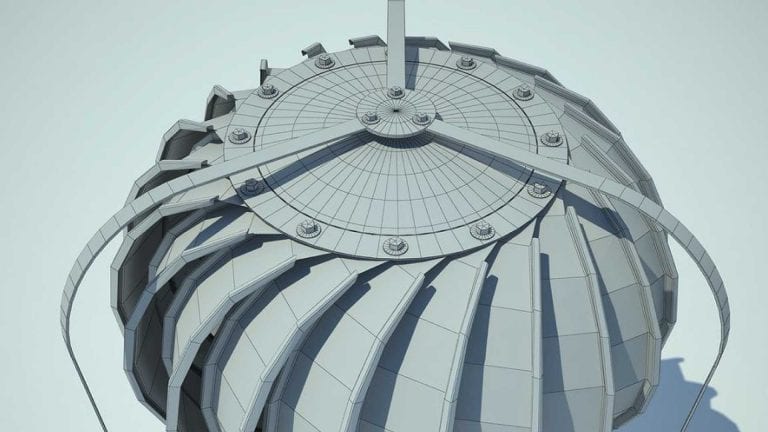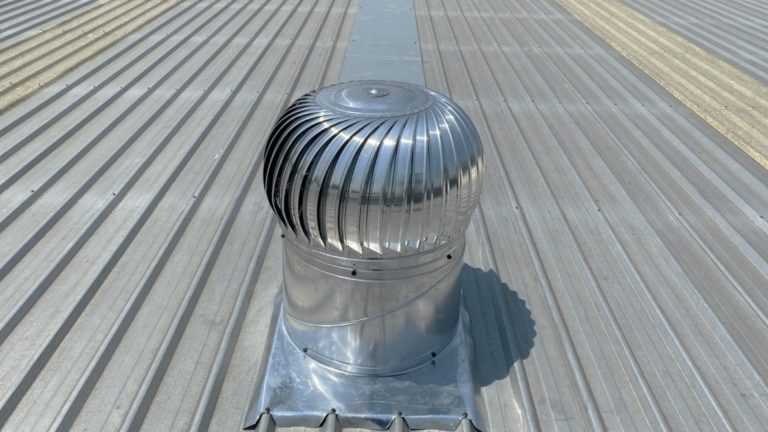What are the Pros and Cons of Having Turbine Roof Vents Installed?
Whirlybird Roof Vent Installation Packages for Greater Sydney – Click Here >
Gutter Sumps to the Trade Shipped Free Australia-Wide – Click Here >
Rain Heads to the Trade Shipped Free Australia-Wide – Click Here >
Dambuster Rain Heads Shipped Free Australia-Wide – Click Here >
Eco-Friendly Roofing Insulation Shipped Free – Click Here >
A well-ventilated attic is essential for maintaining a healthy and energy-efficient home. One popular solution to achieve proper attic ventilation is the use of turbine roof vents. These spinning rooftop devices have been employed for decades to facilitate the exchange of air within attics. In this article, we’ll delve into the pros and cons of turbine roof vents, helping homeowners make informed decisions about whether they’re the right choice for their ventilation needs.
Pros of Turbine Roof Vents
- Efficient Air Circulation:
Turbine roof vents are designed to harness the power of the wind to create airflow within the attic. As the wind blows, it causes the turbines to spin, drawing warm, moist air out of the attic and replacing it with cooler, drier air from the outside. This continuous circulation helps prevent heat and moisture buildup in the attic, which can extend the lifespan of the roofing materials and reduce energy costs by keeping the home cooler.
- Energy Efficiency:
By reducing the temperature in your attic, turbine roof vents can indirectly enhance the energy efficiency of your entire home. When your attic is cooler, your HVAC system doesn’t have to work as hard to maintain comfortable indoor temperatures. This can result in lower energy bills and a reduced carbon footprint, making it an eco-friendly choice.
- Low Operating Costs:
Turbine roof vents are virtually maintenance-free. They don’t require electricity to operate, relying solely on the power of the wind. This means you won’t have to worry about adding to your monthly utility bills or spending money on repairs or replacements, as is often the case with electric attic fans.
- Durability:
Turbine roof vents are typically constructed from durable materials like galvanized steel or aluminum. This durability ensures they can withstand various weather conditions, including strong winds and heavy rain, without succumbing to damage. They are also less prone to degradation from prolonged sun exposure compared to some other types of vents.
- Natural Ventilation:
Unlike some mechanical attic ventilation systems that use electric fans, turbine roof vents provide a natural and silent way of ventilating your attic. This can be especially appealing to homeowners who prefer quiet, low-maintenance solutions.
Cons of Turbine Roof Vents
- Dependent on Wind:
The effectiveness of turbine roof vents is dependent on the presence of wind. If you live in an area with consistently calm or low-wind conditions, these vents may not perform optimally. In such cases, additional attic ventilation options may be necessary to ensure proper airflow.
- Aesthetics:
Some homeowners find turbine roof vents unattractive, as they protrude from the roof and have a somewhat industrial appearance. While aesthetics are a subjective matter, those who prioritize a seamless roofline might prefer alternative ventilation methods that are less conspicuous.
- Inconsistent Performance:
Turbine roof vents may not provide consistent ventilation throughout the year. During the winter months, when winds are often weaker, these vents may not be as effective in removing moisture and preventing ice dams. This could lead to issues with condensation and potential damage to the attic and roof.
- Noise:
Although turbine roof vents are generally quieter than electric attic fans, they can still produce some noise when the wind is strong enough to make them spin rapidly. While this noise is usually not a significant disturbance, it might be noticeable in certain situations.
- Installation Complexity:
The installation of turbine roof vents can be more complex than other attic ventilation methods. Proper placement and sealing are crucial to ensure they work as intended, and this may require professional installation. Additionally, improper installation can lead to leaks or other roofing issues.
Conclusion
Turbine roof vents offer a range of benefits, including efficient air circulation, energy efficiency, low operating costs, durability, and natural ventilation. However, they also come with drawbacks, such as dependency on wind, aesthetic concerns, inconsistent performance, potential noise, and installation complexity.
Before deciding whether turbine roof vents are right for your home, it’s important to consider your specific climate, aesthetic preferences, and budget. Additionally, consulting with a roofing professional can help you determine the most suitable attic ventilation solution to meet your needs. Ultimately, a well-ventilated attic is essential for maintaining a comfortable and durable home, and turbine roof vents are just one option among many to achieve this goal.
What Does a Turbine Roof Vent Do?
When choosing a type of roof vent for your property, you will be faced with a lot of restrictions based on things like the type of climate you live in, and the size of your property. Judging the suitability of a particular roof vent for your circumstances will largely depend on just that: your circumstances. Turbine roof vents are no different. There are certainly positives and negatives to this style of vent, but most of them are down to fixed details like the ones we mentioned at the top.
The turbine roof vent is the best option more often than it is not, but in this post, we are going to look at all of the pros and cons so that you can make an informed decision when choosing vents for your roof.
Supply & Installation Packages (Sydney Area Only) >>>
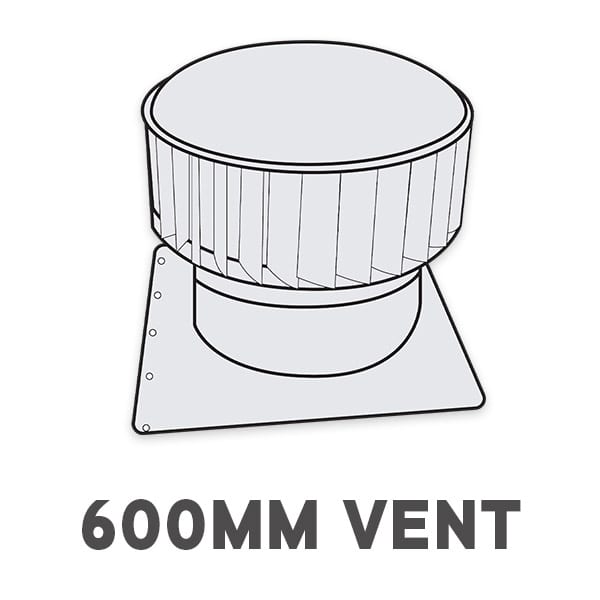
Supply & Installation Price
Sydney Metro Only
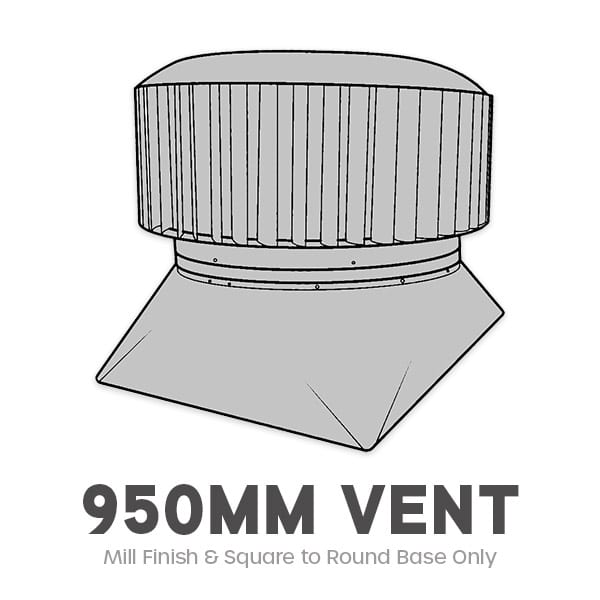
Supply & Installation Price
Sydney Metro Only
1 Roof Vent
Supply & Installation Price
$520/1
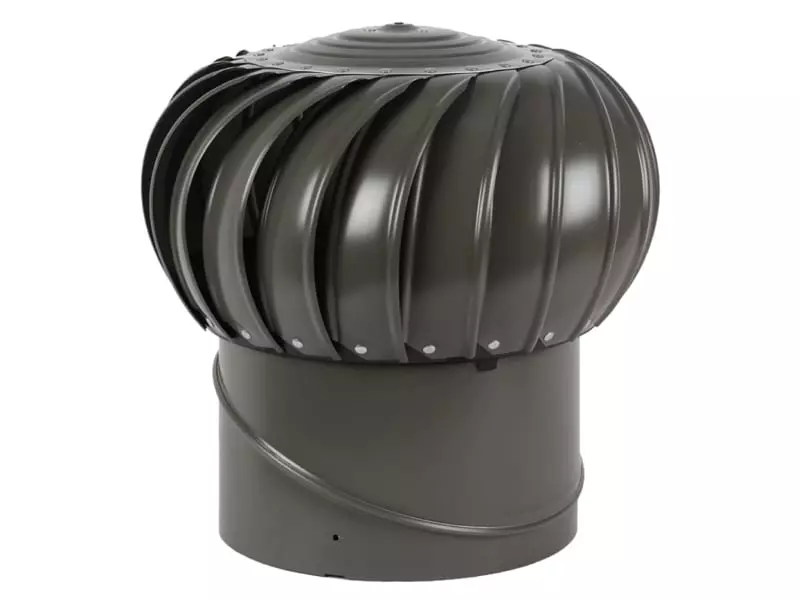
1 Ampelite 300 Spinaway
Colorbond or Mill Finish Supply & Installation Price
Download PDF
2 Roof Vent
Supply & Installation Price
$860/2
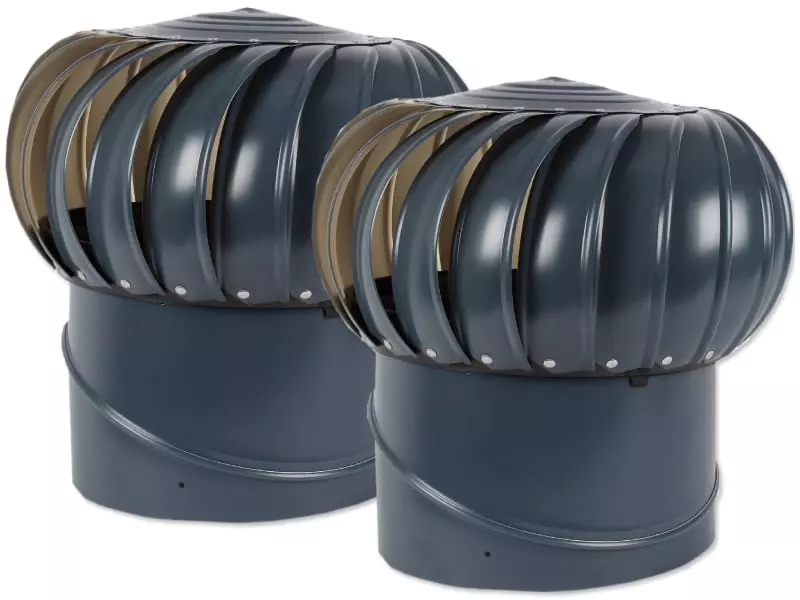
2 Ampelite 300 Spinaway
Colorbond or Mill Finish Supply & Installation Price
Download PDF
3 Roof Vent
Supply & Installation Price
$1,090/3

3 Ampelite 300 Spinaway
Colorbond or Mill Finish Supply & Installation Price
Download PDF
4 Roof Vent
Supply & Installation Price
$1,300/4

4 Ampelite 300 Spinaway
Colorbond or Mill Finish Supply & Installation Price
Download PDF
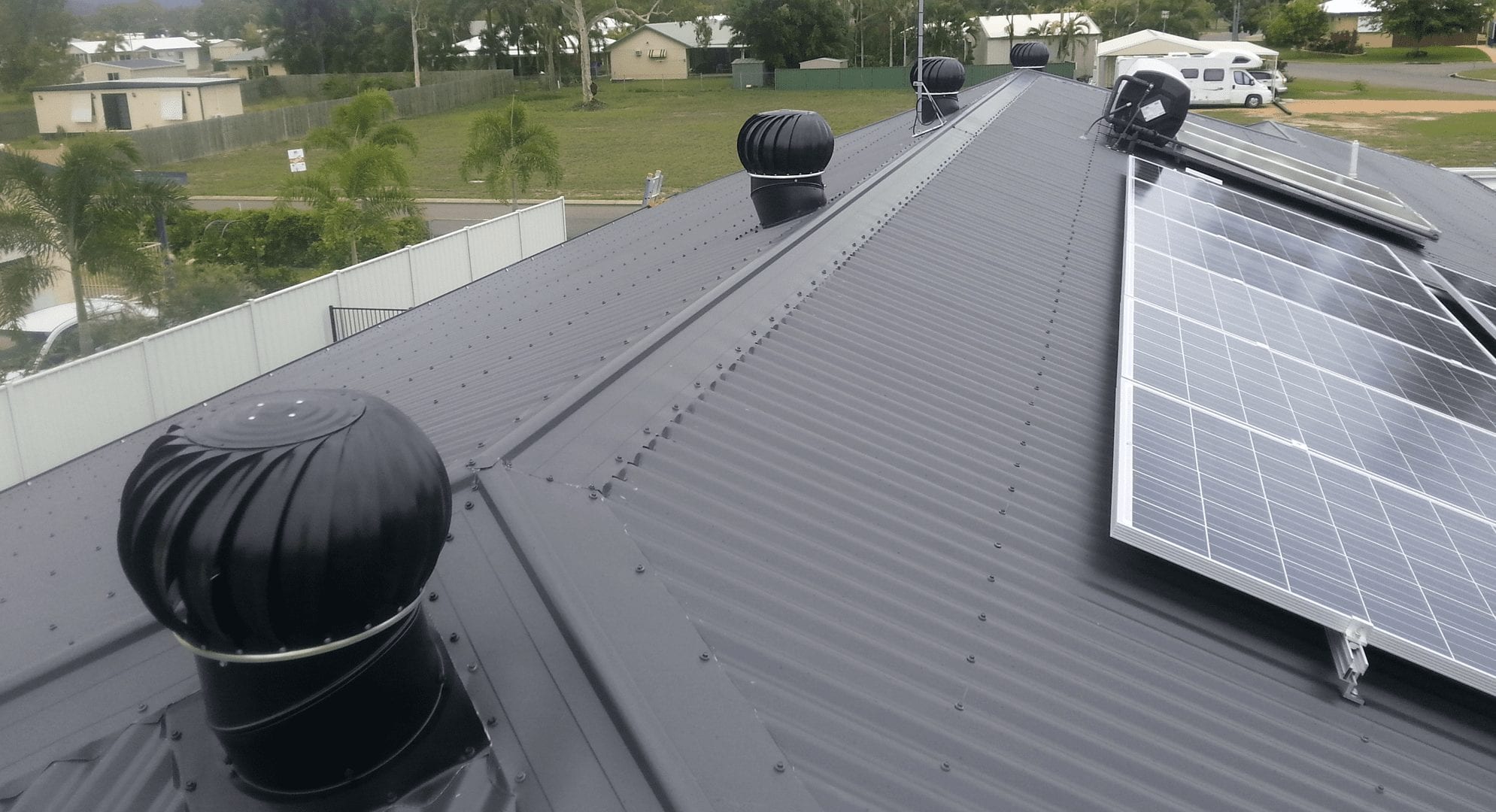
What Are Turbine Roof Vents?
Turbine roof vents—also known as whirlybirds—are a style of roof vent that relies on wind to spin a turbine. The spinning of this turbine causes air from inside the property to be drawn up through the vent. The air being drawn through will be warm due to the fact that warm rises and the vents are mounted on the roof of the property. They typically look a little like a chrome chef’s hat protruding from the roof and are carefully engineered for optimum performance. Indeed, while the wind is required to make a turbine vent do its job effectively, hot air rising from the property can be enough to make the turbine spin.
Turbine Roof Vents: Pros
There is plenty to be positive about when it comes to turbine roof vents, so let’s start with the good.
Easier and Cheaper to Install
When compared to the main alternative—ridge vents—this kind of vent is considerably easier to install, which means that installation is both less disruptive and cheaper than ridge vents. There are also no electrical components in a turbine vent since they are powered directly by the wind. This means you will not need to have a qualified electrician come in to wire up your vents once they are fit, which gives them an advantage over alternatives like power vents when it comes to installation.
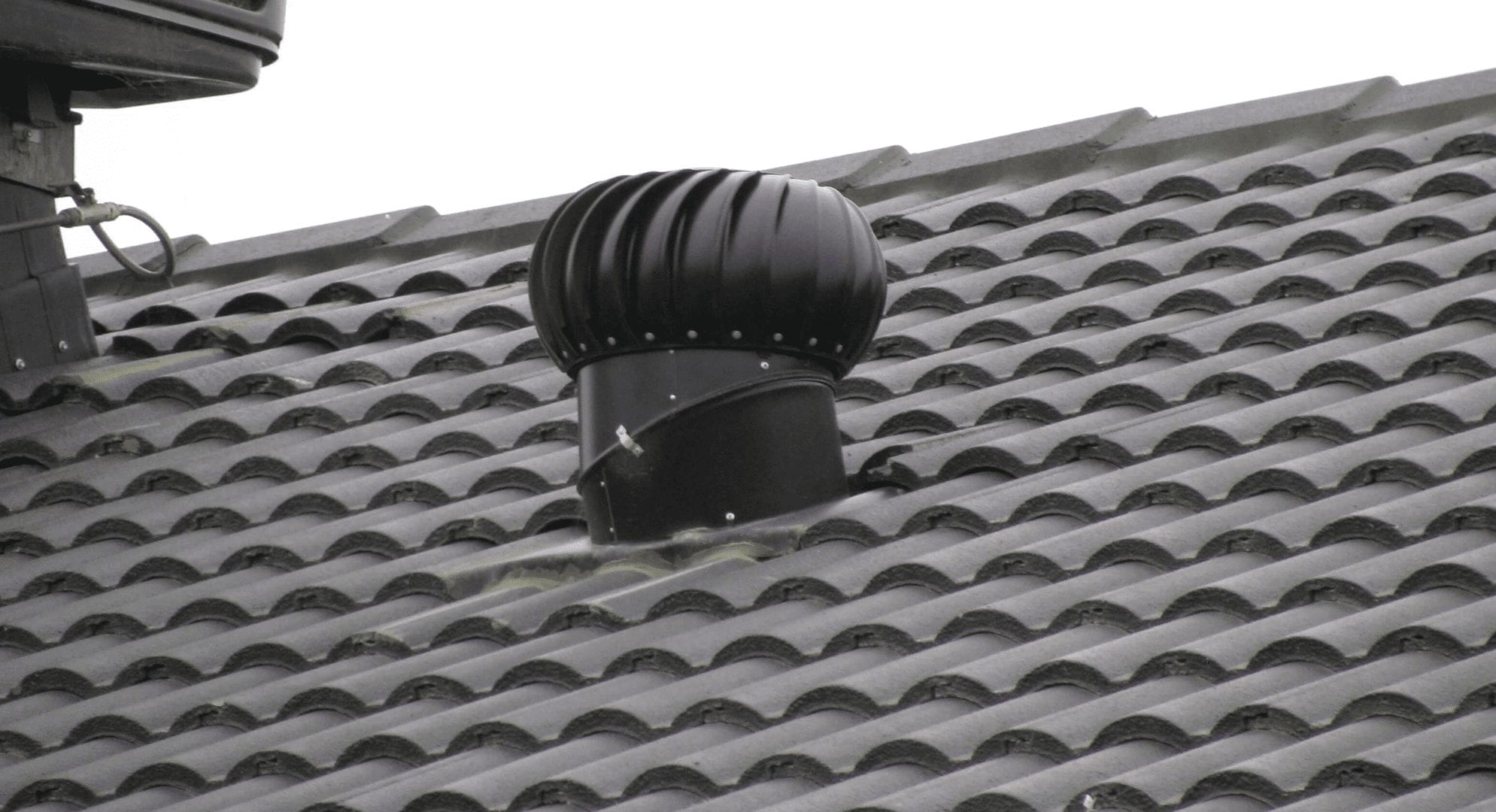
Highly Effective
In low wind situations, turbine vents do an admirable job of moving warm air out of the attic areas of a property. However, when the wind is blowing, these vents turn into a powerful vacuum of warm air, drawing it up through the vent as effectively as any powered alternative.
Smaller Footprint
While they may be more visible from the ground than some roof vent alternatives, turbine vents actually take up less space a lot of the time. For example, for a ridge vent to be effective, it must span almost the whole length of a roof. A turbine vent would be able to cover the same area with just a few strategically placed vents.
Suitable for Any Size Property
Sticking with the size of the roof for a moment, there is no minimum or maximum size that a roof needs to be for turbine roof vents to be effective. Ridge vents require a certain amount of roof to be available in order to work, which means they are not suitable for some smaller properties. Turbine vents will work great on smaller roofs, and larger roofs can be easily handled by simply adding more vents.
Low Running Costs
While it would be false to say there are no ongoing costs of having a turbine vent on your roof, those costs don’t include adding to your electrical bill. Being entirely powered by wind, you can benefit from proper roof ventilation all day, every day, without having to worry about your next utility bill.
What Are the Benefits of Installing Turbine Roof Vents?
While at first glance, a turbine may look complex. But, in reality, it is quite simple. Inside the turbine is a fan, which is sensitive to breezes. The fan turns on when the wind blows. It draws the air up from the attic and scatters it. Here are some good reasons why turbine roof vents are good for your house.
Turbine Roof Vents: Cons
Unfortunately, there are two sides to every coin, and turbine roof vents are no different. As good as they are, there some traits that may make an alternative vent more suitable, so let’s look at those cons next.
Only Effective in Windy Weather
In good winds, the turbine vent is quite possibly the most effective roof vent available. Unfortunately, wind power is not very reliable, and if you live in an area that does not receive a lot of wind, this kind of vent may not be for you at all. While the turbine does not need to be spinning at full speed all of the time in order to do its job, the unreliable nature of wind may be a deal-breaker for some.
Requires Periodic Maintenance
Turbine vents may be cheaper to run in the sense that they do not require electrical power, but they do require some maintenance over time. As with any appliance in which there are moving parts, things wear down as they are used. This wear and tear happens more quickly the more the turbine is used, meaning that the more the turbine does its job, the shorter its life will be. If a turbine vent is left to degrade without any kind of care, it will begin to develop squeaks and groans. As the turbine is powered by the wind, you won’t even be able to turn the vent off to shut the noise up.
Fortunately, you can keep the vent in good health for a long time to come with occasional maintenance, but that is still a step further than something like a ridge vent, which requires almost no maintenance at all.
Not Very Discrete
While this may not concern every homeowner, turbine roof vents are not the most inconspicuous of roof vents. They are often made from reflective metal (other colours are available, however), and stick straight up from the top of your roof. Even a small version of the vent in a colour designed to match the roof will still be visible from the ground. Compared to a ridge vent, which can be indistinguishable from the roof itself in some cases, looks are its strongest attribute.
Conclusions
If you are in an area that gets a good amount of wind, it is hard to beat the turbine roof vent… as long as you keep on top of its maintenance, and you don’t mind the vents poking up out of your roof. When it comes to effectiveness, footprint, and running and installation costs, however, you can’t do much better.

